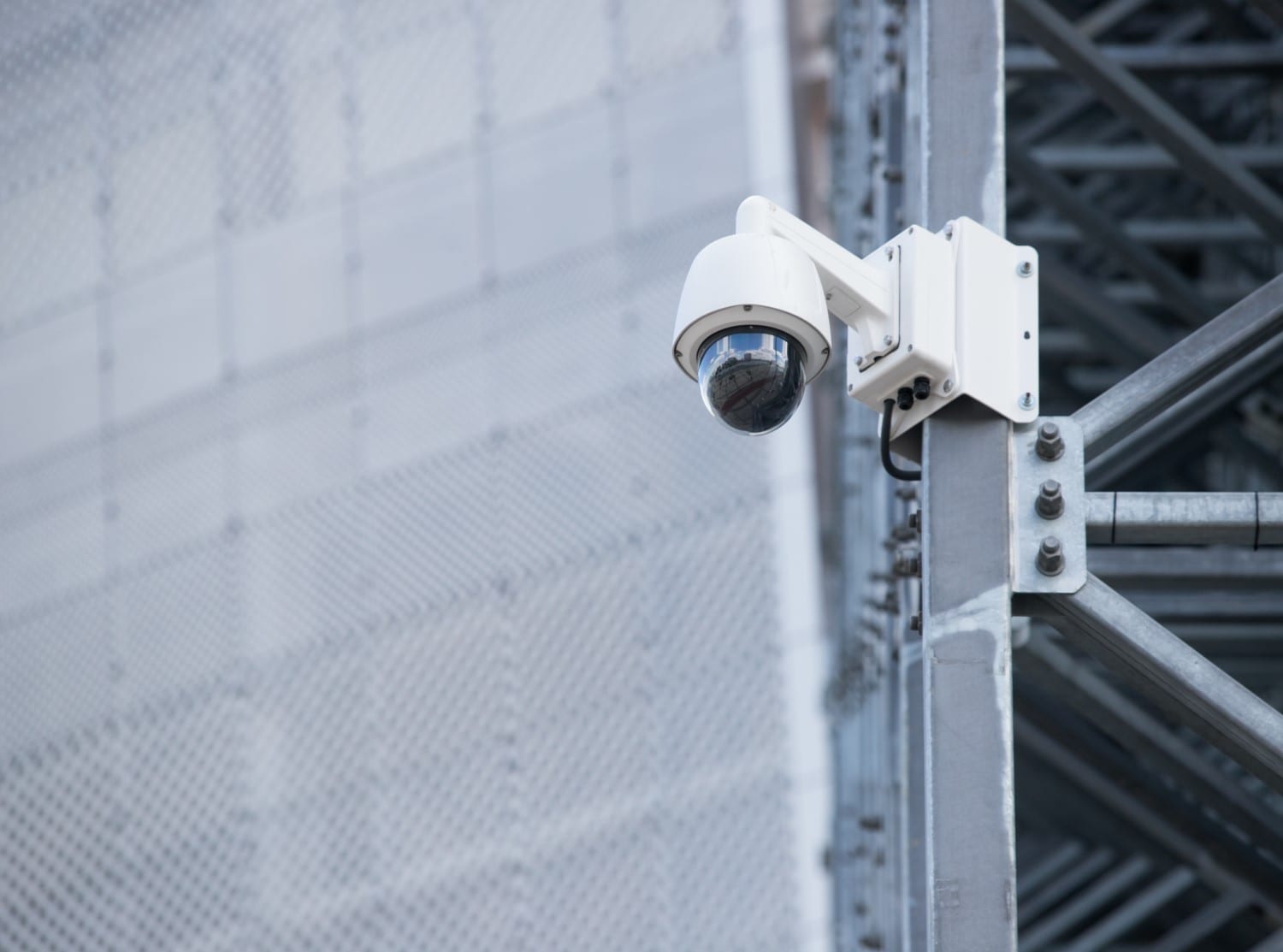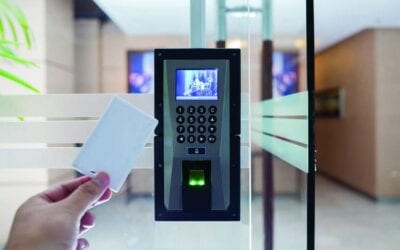Video surveillance systems are more important than ever in today’s business environment, and that’s no surprise. The majority of businesses – large or small – hold serious concerns regarding their commercial security and need an effective system to protect their assets. Commercial video surveillance systems add next-level protection for your company and help prevent crime, such as robbery, theft, or burglary. Strategically placed cameras around the business perimeter decrease any security-related risk probability. But even if a crime occurs, the video footage captures the wrong-doer and can provide crucial evidence for police, the insurance company, or even your company’s investigation needs.
Thanks to technological development, commercial video surveillance systems are now more practical and useful than before. Technologically advanced video camera systems now include features that support motion sensors, automatic notifications, and even facial recognition. The facility’s design and use are considered to build an effective surveillance system design. A suitable design for a video surveillance system encompasses all entry and exit points, including a comprehensive area coverage for parking lots.
What Is Video Surveillance?
Surveillance is monitoring someone or something. A video surveillance system uses electronic monitoring and video recording to deter improper activities. In easy words, it’s a bunch of cameras – various types – placed around the building location, carefully considering where it’s needed. Security cameras monitor motion and activity, generate alerts, transmits footage, and store that footage in safe camera storage. Typically connected to an IP network or a recording device, these cameras can be positioned indoors and outdoors. The perimeter protection of a commercial building can mostly include main entrances, emergency exits, docks, open hallways, and parking lots.
Why Businesses Need Video Security Systems?
Investing in a video surveillance system can benefit a business in several ways. As a part of office security protocol, the primary purpose of a commercial video surveillance systems is to deter theft by employees, deter break-ins and theft, increase the security of employees and customers, and lastly, gather and store evidence if a crime occurs. Moreover, these systems boost a businesses’ bottom line by encouraging employee productivity and detecting faulty equipment. They also foster a sense of security and peace of mind in the workplace.
What Type of Cameras Does Your Business Need?
There are hundreds of cameras available in the market and many ways to utilize the camera features, designs, and functions. Ensure that you carry out appropriate research about the wide range of camera options and compare them to spot the best that would suit your business requirements. For example, ask yourself questions, does your business need overnight security with night vision recording? Opt for infrared cameras! Do you need a focus camera that provides fixed images with the ability to rotate and zoom in? – Go for the PTZ camera. The commonly used types of video surveillance cameras include:
Analog Cameras: Lower resolution cameras that require a cable connection to a DVR to record and store footage. The DVR ports determine the number of cameras connected by wire for power. Also, they need to be located close to the DVR to ensure the integrity of the footage. These footages can be viewed on a monitor in real-time, or a router and modem are connected to transmit the footage.
IP Video: Digital cameras with higher resolution generating clear images. These require more storage and use more bandwidth to transmit. These are connected to a network video recorder by a PoE switch. This switch contains many empty ports for many cameras. With NVR, there is no limitation to where cameras can be placed. However, these may raise a concern for potential hacking because of the digital feed being encrypted.
PTZ Cameras: The most commonly used cameras on commercial buildings are known as the PTZ cameras. They’re the most effective tool for covering a large area that requires surveillance, like parking lots. The user can pan, tilt, and zoom the cameras as per need. PTZ cameras enhance the technological aspect of security and significantly upgrade their effectiveness.
Important Factors to Consider
Just merely placing security cameras won’t do the job. Cameras play an essential role in dealing with the complexity of your business’s security needs. Therefore, they must be visible, functional and can record, store and transmit footage. While installing a video surveillance system for your business, there are various essential factors that you may need to consider.
Type of Camera
Getting the right type of camera for your commercial security is an essential factor to consider. Fixed cameras are the backbone of any effective surveillance system, and they’re often cheaper than PTZ cameras with higher resolution. However, PTZ cameras are a viable choice for continuous, active monitoring of suspicious activity. These help to zoom in on transactions or monitor guest and employee safety and decrease the fatigue that comes for employees who review the surveillance cameras all day.
Camera placement
The camera positioning is perhaps the most significant aspect of any security surveillance system. To maximize the effectiveness, ensure that you install cameras covering most of the area with a little overlap. The wider the shot is, the greater the potential to save the company from theft. Also, the cameras should be considered for the environment. Expensive cameras installed without protection can have high replacement costs if they get damaged in any circumstance.
Number of Cameras
After deciding which type of camera suits your business needs, you’ll probably have an approximate estimate of how much area the camera will cover and the detail each camera will provide. This would bring you to the next step, i.e., determining how many of these cameras you’ll need. For example, you’re planning on using video surveillance outside in a larger area. You may want to strategically put the camera at an appropriate distance to offer the best possible coverage.
Video Quality
Do you need high resolution for your video, or would average quality videos work? This factor would depend upon the needs of a business. The higher the resolution is, the better chances of identifying people as evidence in case of a crime being committed. Along with the quality, it’s also necessary to check the camera’s compatibility, design features, and storage to make the right decision.
Legal Issues
The business must be aware of the law enforcement rules and regulations set for the state and its commercial property security surveillance. There could be possible legal restrictions or privacy issues that must not be violated. The laws differ from state to state, so make sure you’re not breaking any rules. If cameras are placed in public areas, ensure you put up signs stating that they may be under surveillance.
The Bottom Line
To minimize the risk of being a victim, it’s best to invest in an advanced and robust security system that can safeguard assets, property, and people. Commercial security has become an essential part of today’s business world. It needs expert, professional monitoring systems to stop any unauthorized entry, trigger authorities in risky situations, and fully secure the business and employees’ safety.
How IP Integrators Can Help
IP Integrators specializes in commercial video security and access control. Don’t leave your business’ surveillance system to chance. Contact us to get a cost-effective, optimized surveillance system for your business. https://ipintegrators.net/job/



